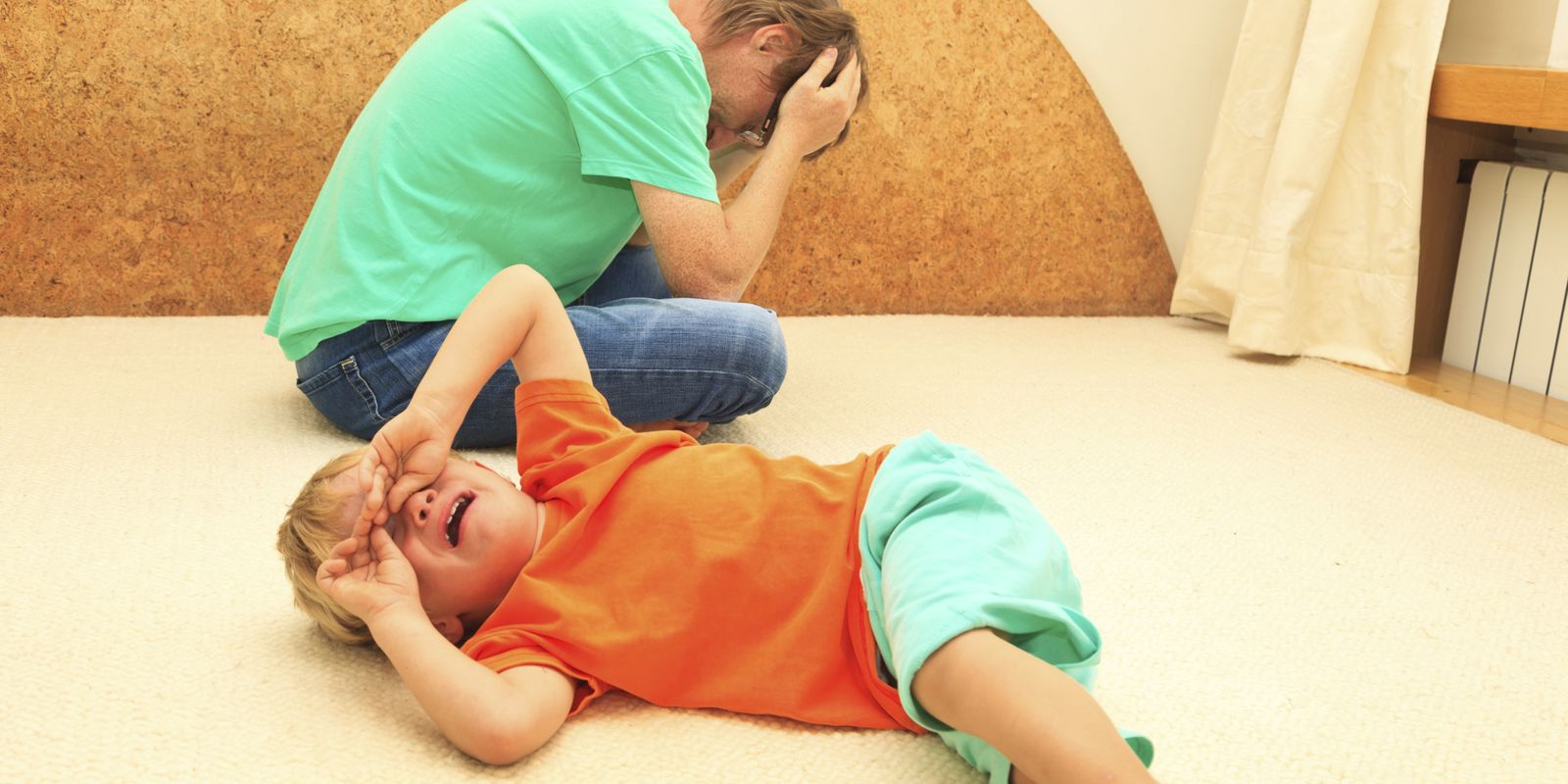If your kiddo has ASD, SPD, or ADHD chances are there are sensory challenges they deal with every day.When children are expected to do something they are unable to do or have sensory challenges, it can cause responses that appear to be behavior problems but are out of the child’s control.
This is your quick reference guide to finding solutions for common challenges faced by kids with autism, based on the problem you’re having.
Under each problem or sensory challenge listed below, you will find products, tools, or activities to help your child succeed and promote sensory integration at home and school.
Everyday Challenges and Solutions:
If your child…can’t sit still, try:
- A chair fidget for their feet. You can slip it onto any chair and they can wiggle their little legs around as much as they want. Bonus, it doesn’t make any noise so it doesn’t distract others.
- A sit-a-round cushion for their seat at school or to take along to appointments. Lets your little one wiggle to their heart’s content. Weight shifting and movement can help improve focus.
- Hand fidgets toys like this unique textured circle fidget set. You can check out other fidgets ideas on this post about 10 fidget spinner alternatives.
If your child … gets upset about loud noises and covers their ears, try:
- The most common solution for sensitive ears, a pair of noise reduction headphones can help minimizes noises.
- If your child wants something more discreet, they should try Vibes earplugs. These nearly invisible earplugs reduce decibel levels by 22db while still allowing you to hear whats going on around you, just at a lower volume.
- If noises continue to be a distraction in the classroom, look into a product such as this sound sponge quiet room divider. It’s made a foam that absorbs foam and creates a quiet and calm space around your child’s desk while leaving them with an ample amount of space.
If your child … Chews on their sleeves or other non-food items, try:
- These chewy wristbands made just for chewing! They absorb drool and keep sleeves dry.
- A chewy fabric necklace might be a better solution if your kiddo comes home with a drool drench, stretched-out shirt from chewing on the neck rather than the sleeves.
- Of course, the classic solution to chewing seems to be plastic chewable items such jewelry and pencil toppers. These tend to work best for light chewers.
If your child … jumps and crashes into everything and acts rough, try:
- Chances are they’re seeking proprioceptive input. I have compiled a huge list of vestibular activities you can read here.
- They will probably benefit from proactively planning vestibular activities and movement breaks. A great one to try is this 7-minute activity which can help sensory seekers stay calm and well-regulated for hours.
- Use these Sensory Diet cards to engage in 60 different fun sensory activities.
- Purchase a crash pad, often used in OT. Or if you’re crafty (I am definitely not) you can make your own.
- Some children prefer resistance products (our favorites are the body sock and cuddle loop) and some prefer weighted products, like blankets, lap pads, or vests.
If your child … melts down easily, try:
- Check out my post about preventing meltdowns. A proactive approach that prevents the behavior from escalating is more likely to be successful than attempting to de-escalate an already occurring meltdown.
- Check out my most popular post of all time, which was featured on Scary Mommy: Calm Down By Hanging Upside Down
- Add more visual supports to help your child know what to expect through the day. We use Schkidules at home for our visual schedule because it comes with tons of visuals appropriate for use at home, as well as school.
- Deal with any sensory issues promptly to avoid over-stimulation
- Do mindfulness activities when things are calm, to help teach coping strategies. Find tons of great ideas for beginning to do mindfulness with children here.
- Use this flower and candle visual as a prompt for deep breathing.
If your child … struggles to tie their shoes or put them on the right feet, try:
- Putting these cute stickers, called Shoezooz, inside your kiddos sneakers. Or, cut any sticker in half and place one half in the left shoe and one half in the right.
- Use bi-colored laces and this adorable little book for teaching them to tie their shoes independently.
- Hickies are shoelaces that never need to be tied so you can turn your kiddos sneakers into slip on shoes.
If your child … struggles with hair pulling or skin picking, try:
- This fidget kit which is a one of kind kit created specifically for children who pull out their hair or pick at their skin.
If your child … has a difficult time making transitions (big or small), try:
- Read my post on 8 strategies that make transitions easier.
- Use a timer like the time timer, or one of these cool cube timers.
- Use a visual schedule, first-then visuals, and task strips to help them know what to expect.
If your child … has trouble with gross motor skills, try:
- Using a therapy ball has lots of benefits. Sitting on one helps gross motor skills by improving balance and strengthening core muscles. You can even get child size exercise ball chairs.
- Improve coordination and balance with these Stepping Blocks, they are super cool.
- Work on bilateral coordination, motor planning and shoulder stability with a velcro catch set.
- Do some yoga! Yoga Pretzels is a set of 50 colorful yoga activity cards designed for kids and adults.
If your child … has trouble with fine motor skills try:
- Grab some pipe cleaners and beads at the dollar store and get your kiddo thread them. Melissa and Doug also carry a beading set that encourages your child to learn about patterns and sequencing as well.
- Practice cutting lines and shapes on construction paper. Draw a variety of lines (straight, zig-zag, wavy, etc) and let your child cut them out. Practice with shapes, too. Circles, hearts, stars, etc.
- Playdough, putty, and slime all help strengthen hands and fingers to improve fine motor skills.
- Play a game of Operation, or Perfection.
- Use activities and toys designed to target fine motor skills. I love this Mosaic with wooden pegs. Your kids can remake them again and again.
Whether you’re a parent, grandparent, teacher, coach, etc. if there is a kid in your life with special needs, save this list so you can reference it later.
These are all common challenges faced by kids with autism and I think we all go through at least one of these things at some point or another.
Got a problem that I didn’t cover here? Let me know in the comments and I will tell you what I think could help.





